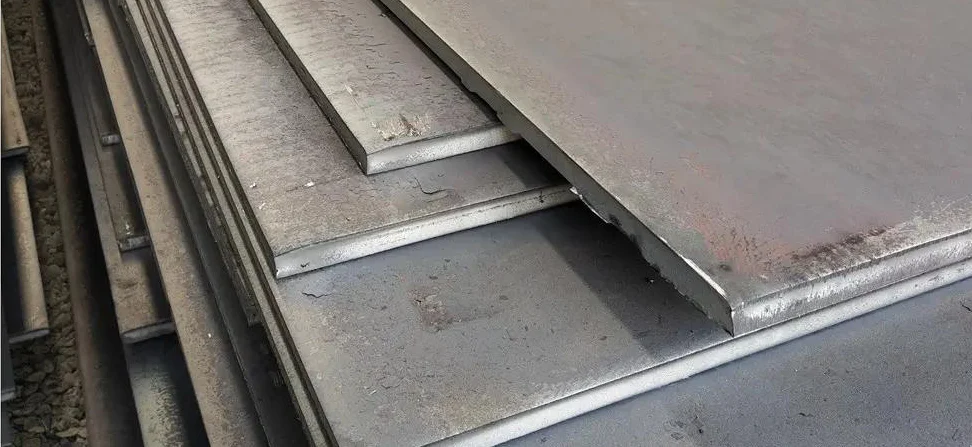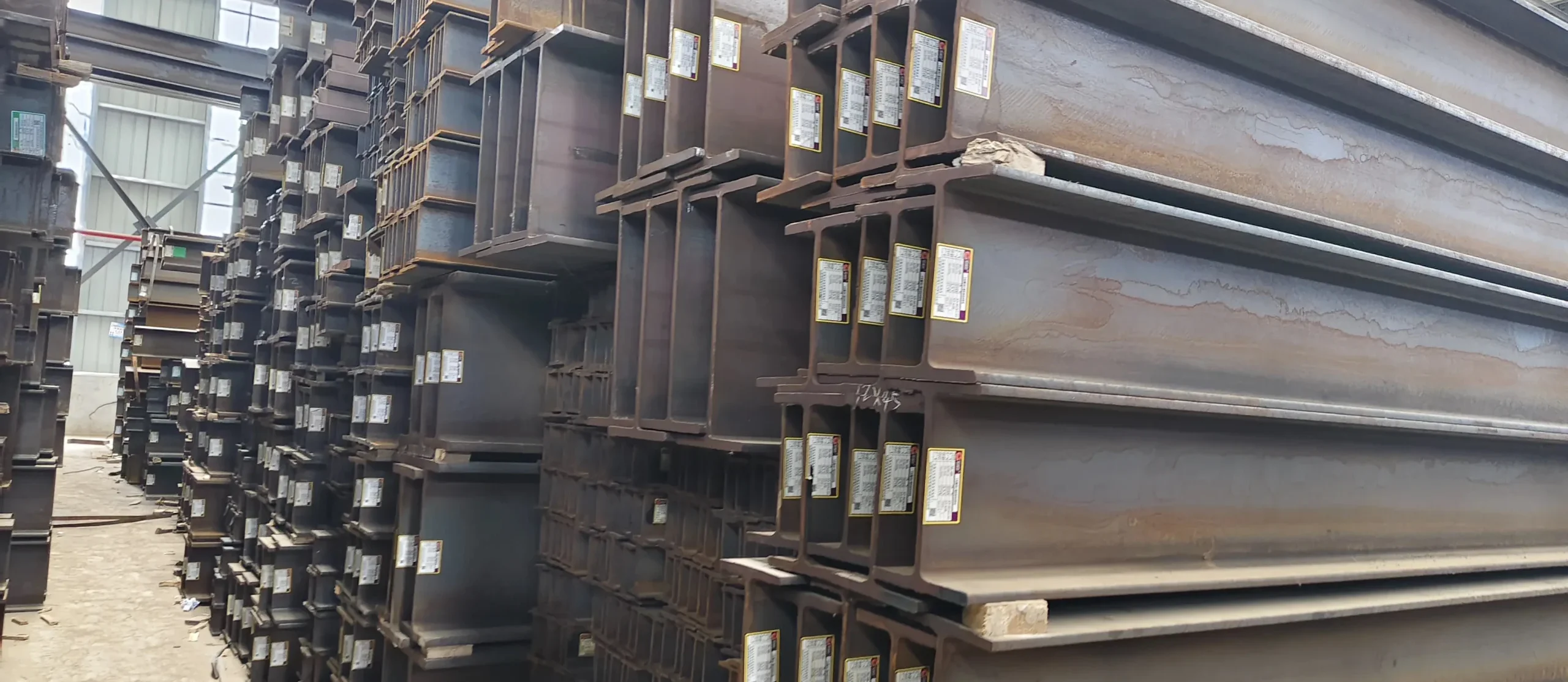Wleding Processing of 2205 Duplex stainless steel
The duplex 2205 processing is similar to 316L stainless steel in many aspects, but there are still some important differences.
The processing of 2205 duplex stainless steel is similar to 316L in many aspects, but there are still some important differences.
Cold forming operations must take into account the higher strength and higher work hardening characteristics of duplex stainless steel. Forming equipment may require higher load capacity, and during forming operations, 2205 stainless steel will show higher springback than standard austenitic stainless steel grades.
The higher strength of 2205 duplex stainless steel makes it more difficult to machine than 316L.
The welding of 2205 duplex stainless steel can use the welding method of 316L stainless steel. However, the heat input and the interlayer temperature must be strictly controlled to maintain the desired austenite-ferrite ratio and avoid the precipitation of harmful intermetallic phases. A small amount of nitrogen in the welding gas helps to avoid these problems.
In the evaluation of the welding process of duplex stainless steel, the commonly used method is to evaluate the austenite-ferrite ratio using a ferrite tester or through metallographic inspection. In typical cases, the ASTM A 923 test method is used to verify the presence of hazardous intermetallic phases.

The recommended filler metal for the weld is ER2209 (UNS S39209, EN 1600). Only when the weld can be solid solution annealed to restore corrosion resistance after welding, self-fusion welding without filler metal is recommended. For solution annealing, heat the part to a temperature of at least 1900°F (1040°C) and then quickly cool it down.
The penetration and fluidity of duplex stainless steel such as 2205 is worse than that of 316L stainless steel, so the welding speed is slower. Because 2205 duplex stainless steel has poor penetration, it is necessary to modify the shape of the joint. 2205 duplex stainless steel requires a wider bevel angle, larger root gap and smaller blunt edges than 316L stainless steel in order to obtain a fully penetrated weld.
If the welding equipment allows the use of filler wire, the 2209 filler wire can be used for orbital welding of 2205 stainless steel pipes. It is also possible to use consumable inserts with appropriately overalloyed components instead of filler wires.
The following table summarizes the insert materials used for welding 2205 duplex stainless steel pipes.
| Insert materials | Alloy and Grades |
|---|---|
| Nickel chromium molybdenum alloy | UNS – N06625, N10276, N06022 (EN – 2.4856, 2.4819, 2.4602) |
| 6% Mo | UNS – N08367, S31254, N08926 (EN – NA., 1.4547, 1.4529) |
| Super duplex | UNS – S32750, S32760 (EN – 1.4410, 1.4501) |



